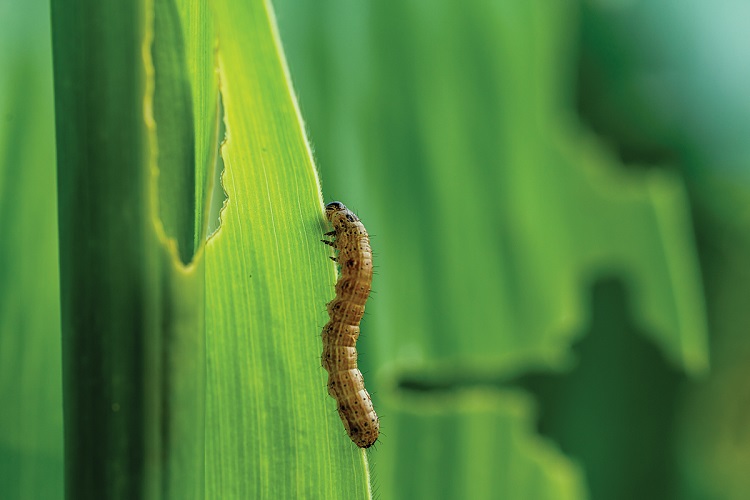

If climate change leads to dry (drought) conditions in the southern states, then high densities of these moths can build up. With climate change, it is possible that these moths are overwintering a little further north than usual. Does climate change play a role in spreading armyworms? If so, how?įall armyworms are tropical moths. We are advising to keep a close watch on all susceptible host plants.ģ. So, we are not sure exactly what crops might be at risk from this current strain of FAW. There have also been very few reports of FAW in late-planted sweet corn, which is often a magnet for FAW. Kentucky bluegrass, and Zoysiagrass for example have not appeared to have been damaged. Several people have reported FAW only eating the fescue grass and leaving behind crabgrass and other plants and weeds. While FAW are known to attack a number of crops such as grasses, small grains, corn, sorghum, soybean, and vegetables, this particular strain of FAW seems to be a bit more selective. Alfalfa and hayfields are also being attacked.Īlfalfa field in Virginia destroyed by fall armyworms last week. Lawns with turf-type fescue grass are being hit the hardest across Virginia. Who’s being harmed the most by armyworms?.

Lawn in Lancaster destroyed by fall armyworm, which fed upon the fescue grass only and left behind other grass and plant species. Fall armyworms collected from a sod farm in Virginia last week. As you would imagine, we have gotten a lot of calls about these pests. In the past week, many areas of Virginia have experienced severe outbreaks of fall armyworms (FAW), which have completely destroyed lawns, sod plantings, hayfields, and alfalfa fields. By: Tom Kuhar, Alejandro Del Pozo, and Sally Taylor


 0 kommentar(er)
0 kommentar(er)
